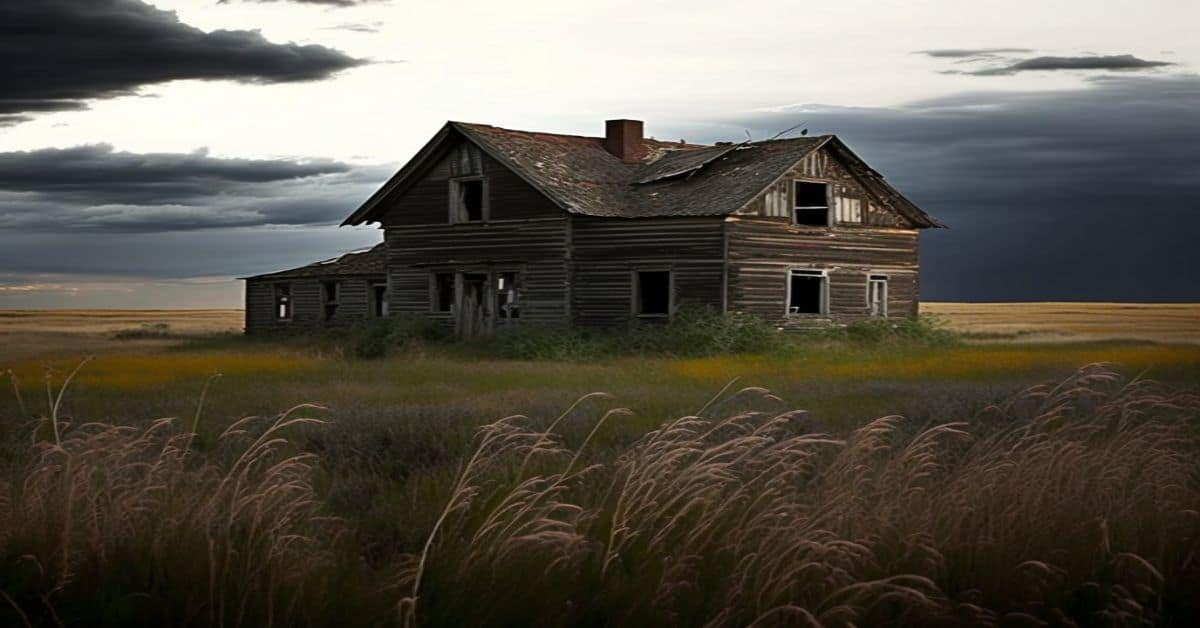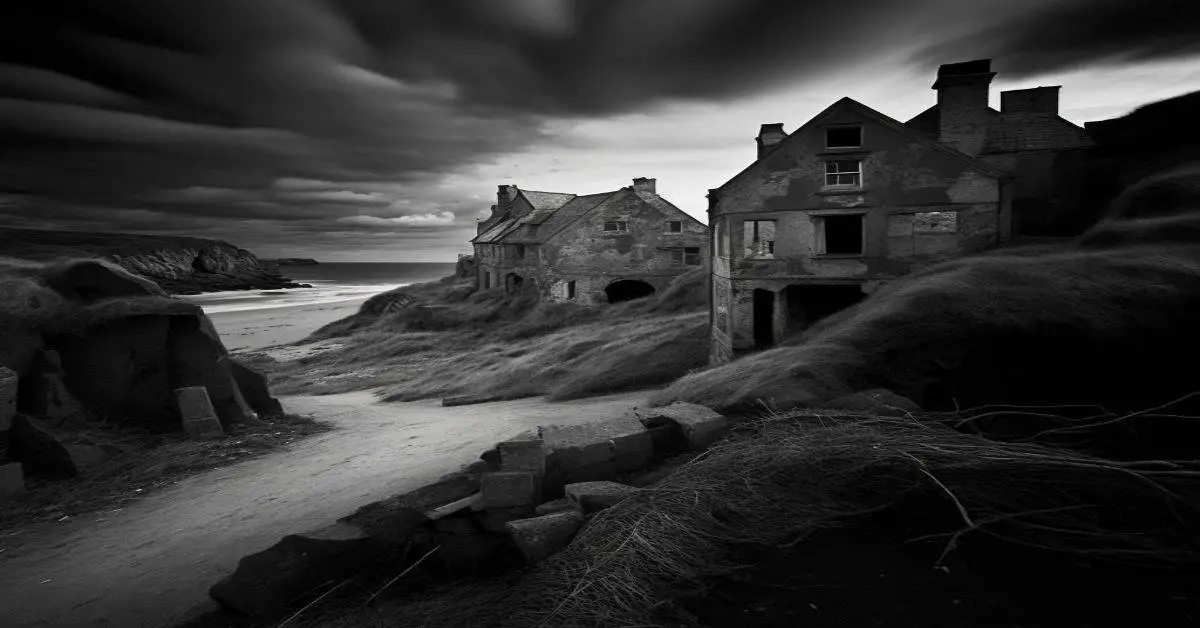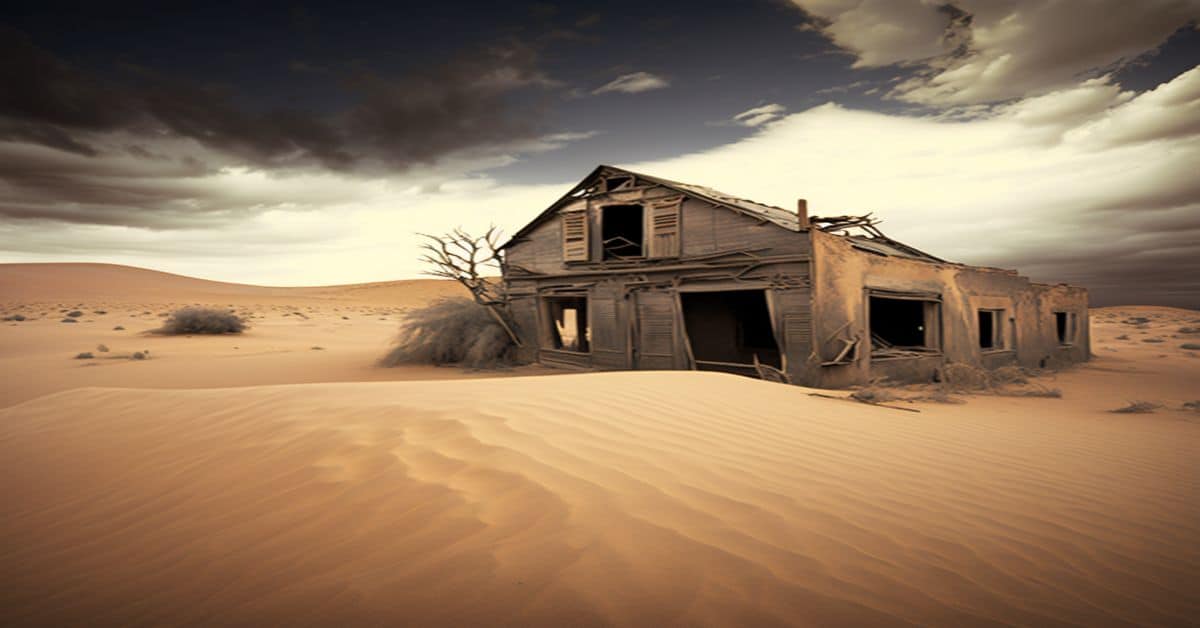Hochatown, a small town in Oklahoma, has a rich and intriguing history that spans over a century. Originally established as a lumber camp in the early 1900s, it soon became known for producing moonshine whiskey during prohibition. However, despite its success, the town eventually became abandoned, and today, it lies submerged beneath forty feet of water.
Hochatown has been shaped by its unique circumstances and industries throughout its history. From the early days of logging and lumbering to the illicit production of moonshine whiskey, the town has been a site of innovation, ingenuity, and creativity. Its ultimate submergence has only added to its mystique, and today, it attracts visitors from all over the world who are fascinated by its history and legacy.
In this article, we will explore the fascinating story of Hochatown, from its early settlement to its ultimate submergence and everything in between.
Key Takeaways
- Hochatown was originally established as a lumber camp in the early 1900s and later settled by Choctaw Indians for farming and hunting.
- The production of moonshine whiskey became a prominent industry in Hochatown, providing a source of income for locals but also leading to criminal activity and violence in the region.
- Hochatown was ultimately submerged due to the construction of Broken Bow Dam, and now lies submerged beneath 40 feet of water, but its legacy has been preserved through various means.
- Recreational activities in the area now include boating and fishing on the lake and popular underwater exploration of the submerged town by divers.
History and Settlement
Hochatown, originally settled by the Choctaw Indians for farming and hunting, later became a lumber camp established by the Choctaw Lumber and Coal Company. The Choctaw culture significantly impacted the local economy, as they were skilled farmers and hunters who utilized the land’s resources to sustain their way of life.
The establishment of the lumber camp brought new opportunities for economic growth, as the company employed many workers and provided a source of income for the community. Establishing a general store, school, and post office marked the beginning of Hochatown’s settlement and history. These establishments provided essential services and goods to the community, fostering a sense of unity and cooperation among the people.
As the town grew, it became known for its moonshine whiskey, which provided another source of income for the locals. Despite the challenges of living in a remote area, the people of Hochatown persevered and created a thriving community that lasted for several decades.
Establishments and Industry
The settlement of Hochatown saw the establishment of various commercial and educational institutions, which played a significant role in the local economy.
One of the most notable industries in the area was moonshine production, which gained popularity during the 1920s and 1930s. The scarcity of job opportunities in the region prompted many locals to turn to this illegal industry for income. The moonshine was primarily sold in the commissary of the lumber camp, which also sold personal items on Saturdays.
The production and sale of moonshine significantly impacted the local economy, as it provided a source of income for many families in the area. However, this industry also led to the rise of criminal activity and violence in the region.
Despite its illegality, moonshine production remained a prominent industry in Hochatown until the town’s eventual submergence. Today, the remnants of the town serve as a reminder of its past and the impact that moonshine had on the local economy.
Submergence and Legacy
Even though the town was never connected to any state highways or bus lines, the cemetery and church were still moved before the area was flooded, leaving behind a legacy that is still remembered today.
The submergence of Hochatown was seen as an inevitable consequence of the construction of the Broken Bow Dam, which was built to control flooding and generate hydroelectric power.
However, the town’s legacy has been preserved through the Hochatown State Park, which provides visitors with a glimpse into the town’s history and the life of its inhabitants.
The underwater exploration of the town has also become a popular activity for divers, who are fascinated by the idea of exploring the remains of a submerged ghost town.
The lake is known for its clear waters, providing excellent visibility for divers to explore the submerged structures and artifacts.
While the submergence of Hochatown was a tragic event, preserving its legacy and the opportunity for underwater exploration have helped keep its memory alive.
Frequently Asked Questions
Who were some notable moonshiners in Hochatown during the 1920s and 1930s?
Notable moonshiners in Hochatown during the 1920s and 1930s are not documented. However, bootlegging operations were prevalent in the town during this time, leading to law enforcement crackdowns.
Are there any artifacts or remnants of the town that can still be seen today?
Remnants of Hochatown are not visible today due to its submergence under forty feet of water caused by a dam. Despite this, the town holds historical significance as a former lumber camp and moonshine producer.
What was life like for the last family to leave Hochatown in 1966?
Life after Hochatown for the last family to leave in 1966 was likely filled with memories and nostalgia as they left behind the town they once called home. The lack of opportunities may have forced them to relocate to nearby towns.
Were there any famous residents or visitors to Hochatown during its heyday?
No records of famous residents or visitors to Hochatown during its heyday exist. The town’s cultural impact is primarily centered on its history as a lumber camp and for its production of moonshine whiskey during the 1920s and 1930s.
What was the environmental impact of the dam construction on the surrounding area?
The construction of the dam had significant environmental impacts on the surrounding area. It disrupted the ecosystem, affecting wildlife preservation efforts. However, the specific impacts on Hochatown are unclear without further research.


